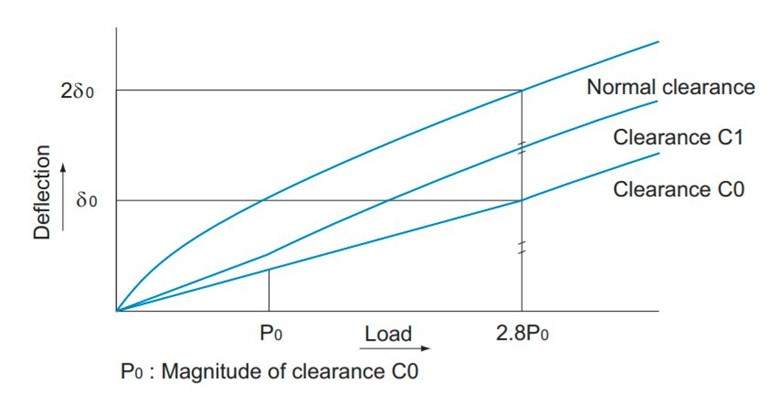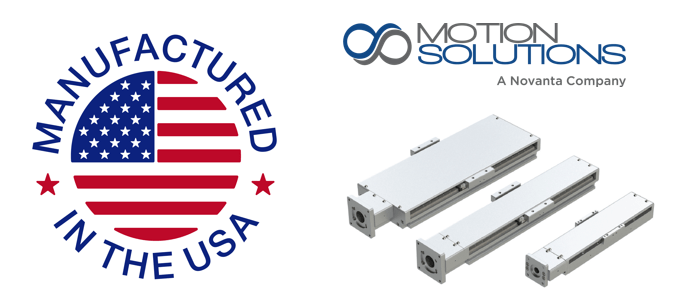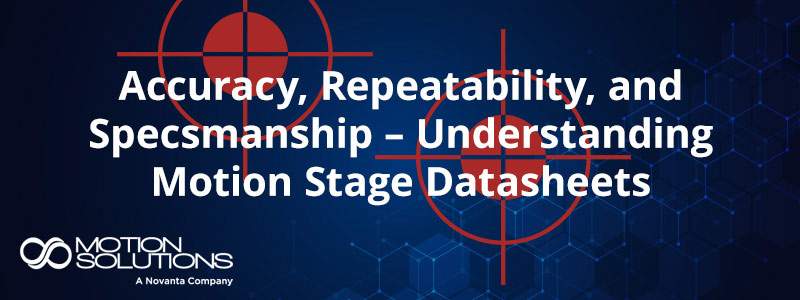How Preloading Linear Bearings Can Optimize Precision Motion
Preload is an important degree of design freedom that can be used to fine-tune the performance of a motion system. By modifying the preload, designers can optimize the performance of the system for greater stiffness or smoother motion. Making the most effective use of preload requires engineering expertise but it is an economical approach to getting the most predictable performance from a motion system.
Bearing basics
Stiffness refers to a bearing’s ability to resist deflection. That deflection can arise from the structure of the bearing itself. A linear bearing consists of a carriage, which carries the load, and a linear rail. To reduce friction, many bearings incorporate rolling elements (balls or rollers) captured between the carriage and the rail.
A bearing nominally has a certain amount of clearance between the carriage and the rail. When the load is applied, that clearance is taken up and the rolling elements compress, causing the position of the load to deflect from its intended position. This deflection can be considered an offset that remains constant over the length of travel. Depending on performance requirements, however, that deflection may be unacceptable. Customizing the preload provides a way to address this issue.
Applying a preload to a bearing involves inserting balls or rollers that are slightly larger than the available space, often, by a matter of microns. When the balls/rollers are installed in the race, they undergo compression – essentially, they are pre-compressed before the load is ever applied. This pre-compression limits the amount of additional deformation that takes place when the load is added. That, in turn, reduces the deflection of the bearing and increases the stiffness (see figure 1).

Preload considerations
The trade-off for increasing preload is greater rolling resistance. For some applications, managing friction is more important than minimizing deflection. The trick is to find a preload that enables the bearing to resist deflection while remaining small enough to preserve smooth motion. A good starting point is to begin with a line-to-line preload in which the balls or rollers just fit the allotted space, leaving negligible clearance but also applying no preload. This can work well for light loads. For heavier loads or moment loads, additional preload might be necessary to prevent deflection.
Another consideration to keep in mind is that, depending on the mounting tolerances of the system, the act of assembling the system may apply preload. In this case, it might be appropriate to add some clearance in the bearing to ensure smooth motion.
Customizing preload is simple in concept but challenging to execute. Most stock bearings have a default preload set at the factory. Altering it requires removing the stock rolling elements without damaging the bearing, then replacing them with balls or rollers of the optimal size. This needs to take place without introducing any contamination or mechanical damage that might lead to early failure. Just determining the correct size of the replacement balls/rollers can be a challenge, let alone acquiring them.
At Motion Solutions, we have an extensive inventory of gage balls with diameters scaling in 1-μm increments. Our expert assembly technicians have the tools and training to modify preloads quickly and efficiently, in volumes ranging from a few sample units to hundreds. As a result, customers can take advantage of the benefits of custom preloads for a modest price. Learn more about how Motion Solutions can collaborate with you on your next project.
Contact:
Motion Solutions
27 Argonaut
Aliso Viejo, CA 92656
(949) 586-7442
Connect with us on LinkedIn.




